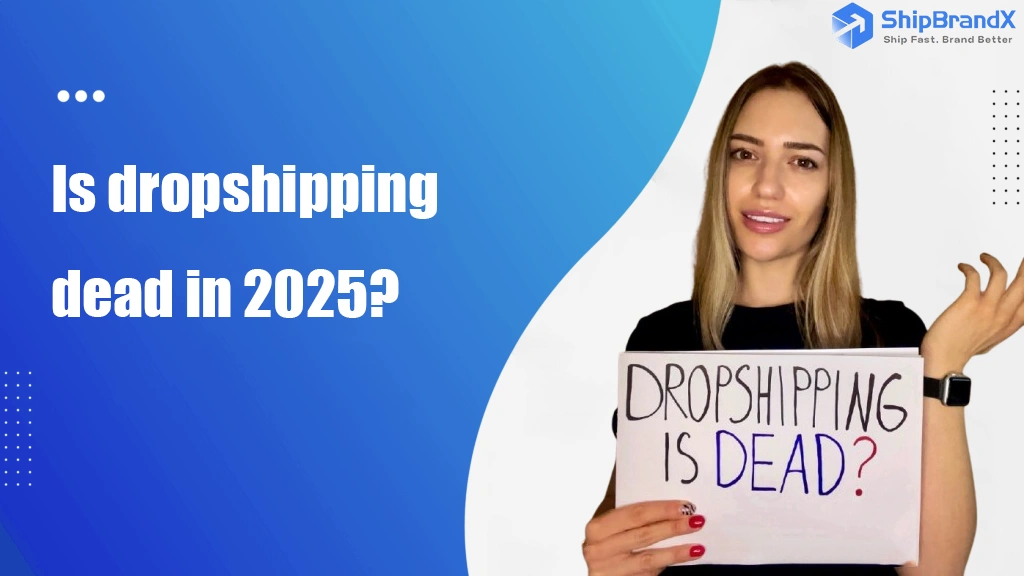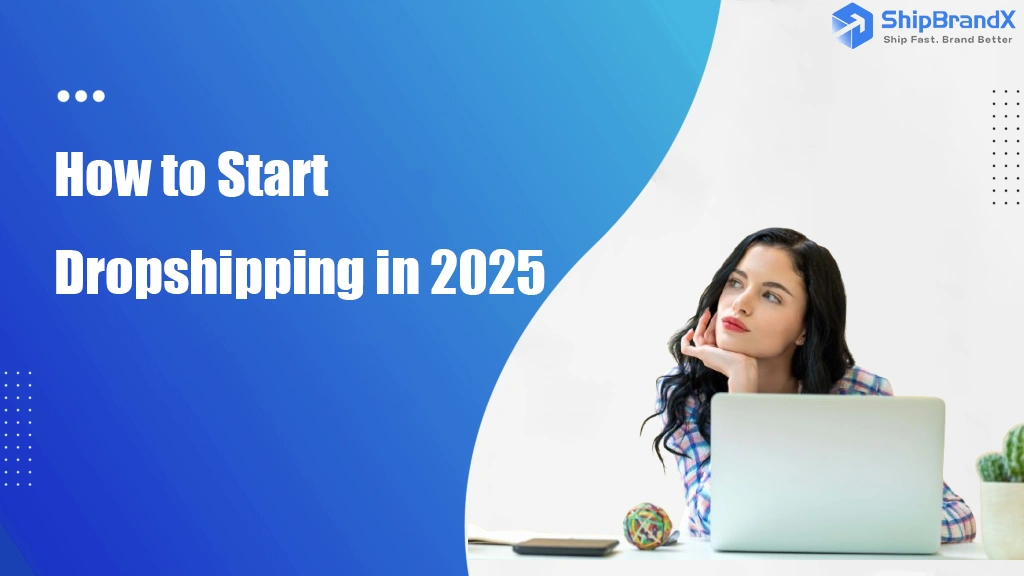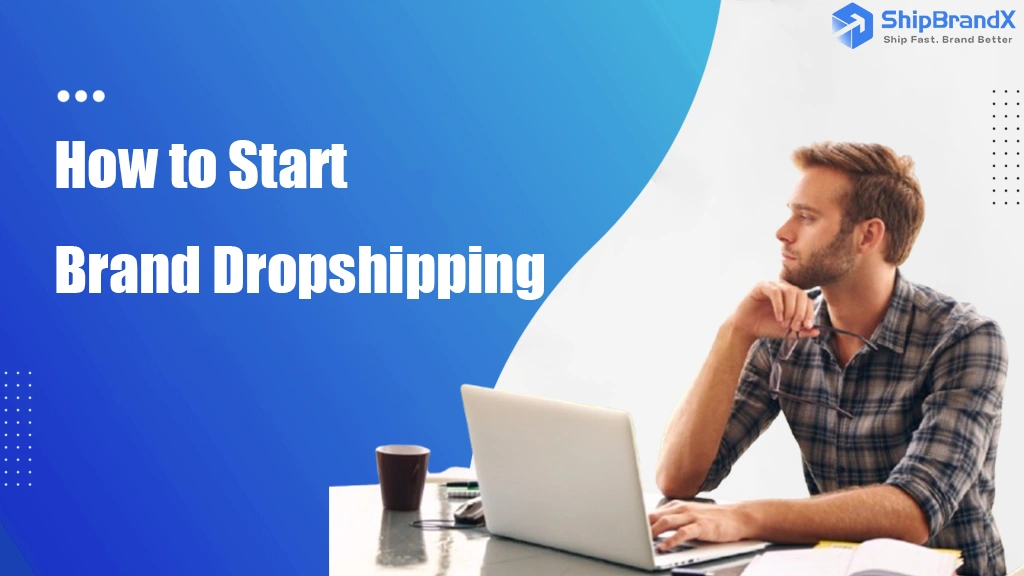Dropshipping vs Building a Brand
How to Choose in 2025
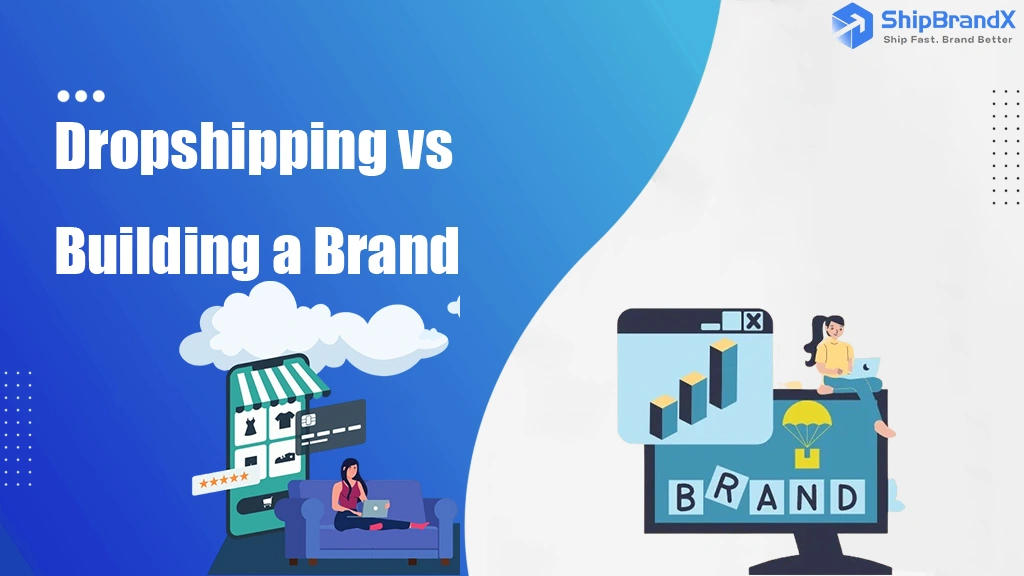
Choosing between dropshipping vs building a brand in 2025 is crucial. It’s not just a business decision—it shapes your future path. Both dropshipping and building a brand come with their own challenges and benefits. They influence how you connect with customers and generate revenue. Picking the right option can lead to success, while choosing the wrong one might hinder your progress. Understanding the details of dropshipping vs building a brand helps you plan more effectively. It also assists you in aligning your goals with the evolving market.
Dropshipping is a cheap way to sell things online. You can try products without spending money first.
Building a brand makes your business special and keeps customers loyal. It costs more but can earn bigger profits later.
Think about your goals. Pick dropshipping for fast sales and easy changes. Choose branding for long-term success and strong customer relationships.
Keep up with trends and new technology. Use tools like ChatGPT and social media to improve your business, no matter which method you pick.
Check your money and resources. Dropshipping costs less to begin, but branding needs more money and can grow your business more.
What Is Dropshipping?
Dropshipping is a way to sell products online. As the seller, I don’t keep items in stock. Instead, suppliers store and ship products directly to customers. This lets me focus on advertising and finding buyers. I don’t have to worry about storing goods or shipping them. It’s a simple way to start an online store, especially for testing new ideas or products.
How Dropshipping Works
The process is easy to understand. A customer buys something from my store. I send the order details to my supplier. The supplier packs and ships the item straight to the customer. I make money by setting a higher price than what the supplier charges me. At ShipBrandX, we offer brand dropshipping. This lets sellers personalize products and packaging to match their brand style.
Advantages of Dropshipping
Dropshipping has many perks that attract business owners.
Low Startup Costs: I don’t need to buy products upfront, which saves money.
Flexibility: I can manage my store from anywhere with internet access.
Wide Product Selection: I can sell many items without needing storage space.
Scalability: I can grow my store by adding products or reaching new markets easily.
At ShipBrandX, we’ve seen how dropshipping vs building a brand affects success. Dropshipping is a fast way to start selling online. Brand dropshipping helps sellers stand out and build loyal customers.
Building a Brand: What It Means
Defining Brand-Building
Building a brand means giving a business its own identity. It’s not just about a logo or name. A brand shows what a company stands for and its personality. When I think of branding, I focus on how people see the business. It’s about telling a story that connects with customers. This story makes the business different from others. For example, a strong brand uses the same look, message, and tone everywhere.
Why Branding Matters
Branding is very important for a business to succeed. It helps customers trust the company and believe in it. When I build a brand, I make a bond that goes beyond selling products. People often pick brands they know and trust. Branding also keeps customers coming back. A clear brand makes people buy again and tell others about it. In the dropshipping vs building a brand debate, branding wins for long-term success. It builds emotional ties with customers.
Examples of Successful Brands
Some companies are great at branding. Apple is famous for its cool designs and smart technology. Its brand focuses on being simple and creative. Nike inspires people with “Just Do It” and sports excellence. These brands don’t just sell items—they sell ideas and lifestyles. Even small businesses can succeed by creating a brand that shows their style and connects with their audience.
Dropshipping vs Building a Brand: Key Differences
Control Over Products and Customer Experience
Dropshipping gives less control over products and customer service. Suppliers manage inventory, packaging, and shipping. Mistakes by suppliers can hurt my business reputation. I can’t change how items are delivered or ensure they’re always high quality.
Building a brand lets me control everything. I choose how products are made and shipped. This helps me create a special experience for buyers. For example, I can add custom packaging or thank-you notes to make it personal. I can also improve product quality based on feedback from customers.
Tip: If making customers happy matters most, building a brand lets you create better experiences.
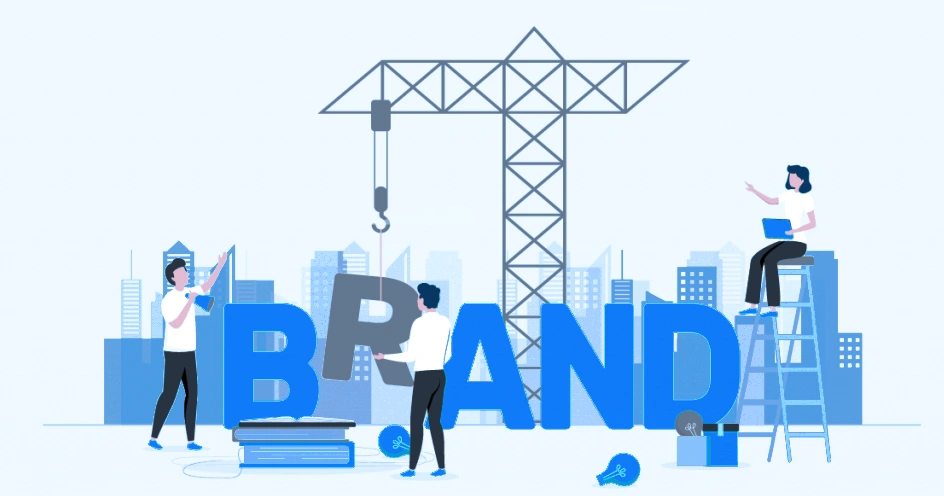
Costs and Financial Investment
Dropshipping is cheaper to start. I don’t need to buy products or rent storage. My main costs are for a website, ads, and paying suppliers for orders.
Building a brand costs more money upfront. I have to pay for making products, storing them, and managing inventory. Branding also includes costs for logos, packaging, and ads. These expenses are higher but help the business grow long-term.
Model | Upfront Costs | Ongoing Costs |
|---|---|---|
Dropshipping | Low | Moderate |
Building a Brand | High | High |
Profit Margins and Revenue Potential
Profit margins are smaller in dropshipping. Suppliers set prices, so I earn less per sale. To make good money, I need to sell a lot. But competition can lower prices, making profits harder to keep.
Building a brand lets me set my own prices. Since I control costs, I can make bigger profits. A strong brand attracts loyal buyers who pay higher prices. This leads to better earnings and steady growth.
Insight: Dropshipping makes quick money but with lower profits. Building a brand offers bigger earnings over time.
Scalability and Growth Opportunities
Scalability is key for a business to grow long-term. Dropshipping makes scaling simple and fast. I can add products without needing storage space. Expanding to new markets is easier since suppliers handle shipping. But relying on suppliers has risks. If they fail to deliver or keep quality, my growth may stop.
Building a brand offers a different way to scale. It helps me create a special identity that connects with buyers. As my brand grows, I can add new products that match my goals. This needs more work, like managing stock and production. Still, the rewards are big. A strong brand brings loyal customers who help it grow. For example, I can use customer feedback to improve products and services.
Tip: Dropshipping grows fast but depends on suppliers. Building a brand grows slower but adds lasting value.
Branding and Customer Loyalty
Building a brand is great for loyalty. When I focus on branding, I make an experience customers remember. From packaging to ads, every detail shows my brand’s style. Loyal customers come back to buy again and tell others about my brand. For example, sharing the story behind my products can build trust and admiration.
Insight: Dropshipping is about quick sales, while building a brand builds strong relationships.
Customer loyalty is vital for a business to succeed. Dropshipping struggles to build loyalty because buyers link products to suppliers, not my store. Limited control over shipping and packaging weakens the bond. Brand dropshipping allows some customization, but it doesn’t create strong emotional ties with buyers.
Benefits and Drawbacks of Each Model
Dropshipping: Pros and Cons
Dropshipping has many good points. It needs little money to start, which is great for beginners. I can try selling different items without buying a lot upfront. Suppliers handle storage and shipping, making it easier to manage. This lets me focus on ads and finding customers.
But dropshipping also has problems. Profits are small because suppliers set the prices. I can’t control how good the products are or how fast they ship. If suppliers mess up, my store’s reputation gets hurt. Many sellers offer the same items, so competition is tough. Without a unique brand, keeping loyal customers is hard.
Tip: Dropshipping is great for testing ideas or starting small, but it might not work for long-term success.
Building a Brand: Pros and Cons
Building a brand gives a business its own identity. I can control everything, like product quality and packaging. This helps me create a memorable experience for buyers. A strong brand makes customers come back and tell others about it. Over time, I can charge higher prices and earn more money.
Still, branding takes a lot of time and money. I need to make products, store them, and plan marketing. Growing the business needs careful planning and effort. Mistakes in branding or product quality can lose customer trust. Even with these challenges, the rewards are worth it in the long run.
How Market Trends in 2025 Shape Each Model
In 2025, trends will affect dropshipping and building a brand. People want personal experiences and eco-friendly choices. Dropshipping quickly follows trends, letting me try new products and markets. But customers may prefer brands that care about the planet and use ethical practices.
Technology will also be important. AI tools make dropshipping easier, like picking products and helping customers. For branding, data tools show what buyers like and improve strategies. Social media will keep helping brands grow, making stories and honesty key to success.
Note: Following trends and using technology will help, no matter which model I pick.
Choosing the Right Model for Your Business
Matching Your Business Goals
When picking between dropshipping and building a brand, I think about my goals. Dropshipping is great for short-term plans like testing products. It helps me try new ideas without buying inventory. But building a brand fits long-term goals. If I want loyal customers and a lasting business, branding is key.
I also think about the kind of business I want. Dropshipping is good for those who like flexibility and less work. Building a brand needs more effort and control over everything. For example, if I want to create a unique style and personal touch, branding is the way to go.
Tip: Think about your future plans. If you want quick sales and low risk, choose dropshipping. If you want to build something lasting, focus on branding.
Checking Your Budget and Resources
Money and resources are important when choosing a model. Dropshipping costs less to start. I don’t need to buy products or pay for storage. My main costs are for a website, ads, and supplier payments. This makes it perfect for small budgets or testing ideas.
Building a brand needs more money upfront. I have to pay for making products, packaging, and marketing. Managing inventory and shipping also adds to the cost. But these expenses help create a special identity and bigger profits. For example, spending on custom packaging makes customers happy and loyal.
Factor | Dropshipping | Building a Brand |
|---|---|---|
Starting Costs | Low | High |
Resource Needs | Small | Big |
Knowing Your Audience
Understanding my audience helps me decide the best model. Dropshipping works for people who want cheap and trendy items. It lets me quickly follow trends and sell many products. For example, if my customers care about low prices, dropshipping is a good choice.
Building a brand focuses on connecting with customers deeply. I learn what they like, value, and need. This helps me make products and experiences they love. For instance, if my audience wants quality or eco-friendly items, branding helps me meet their expectations.
Insight: Study your audience carefully. Dropshipping fits buyers who want low prices and trends. Branding works for those who value quality and personal connections.
Leveraging Trends and Technology in 2025
In 2025, trends and technology will be very important. They will shape how businesses succeed. Whether I pick dropshipping or build a brand, staying updated helps me compete.
The Future of Dropshipping vs Building a Brand
Trends and technology will keep shaping the choice between dropshipping and branding. Dropshipping is quick and flexible. Building a brand creates strong connections and unique experiences.
In 2025, using tools like AI and automation will help both models. Following trends will keep my business competitive. No matter the choice, embracing new ideas leads to success.
Picking between dropshipping and building a brand depends on what you want. Dropshipping is cheap to start and easy to manage. It’s great for entering the market quickly. Building a brand helps you earn more and keep loyal customers.
ShipBrandX Tips: Use dropshipping for short-term plans. Choose branding for lasting success.
Match your choice with your goals and market changes. Whether you are planning to start dropshipping or are ready to pursue higher goals and build your own brand, ShipBrandX will provide you with the best service. Contact us for professional support
Contact us now to speak with an expert and receive a free quote
We offer 7/24 service. Respond quickly to your needs and ensure that we provide you with professional solutions and competitive prices.
Urgent?
Call us +86 186-0657-1369
WhatsAPP +86 186-0657-1369
We here to help you 24/7 with experts
Contact us now to speak with an expert and receive a free quote
We offer 7/24 service. Respond quickly to your needs and ensure that we provide you with professional solutions and competitive prices.
Urgent?
Call us +86 186-0657-1369
WhatsAPP +86 186-0657-1369

